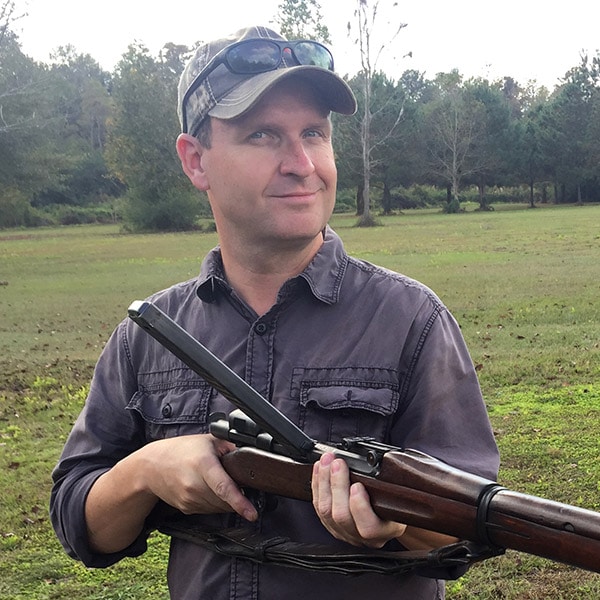What Are the Best (and Worst) Makarov Pistols?
November 22nd, 2022
6 minute read
On Friday, May 14, 2021, three men robbed a casino in Sihanoukville, Cambodia and one of those men used a rusty old pistol during the heist. Although the casino’s security guards apprehended two of the suspects at the scene of the crime, the man with the gun managed to escape.
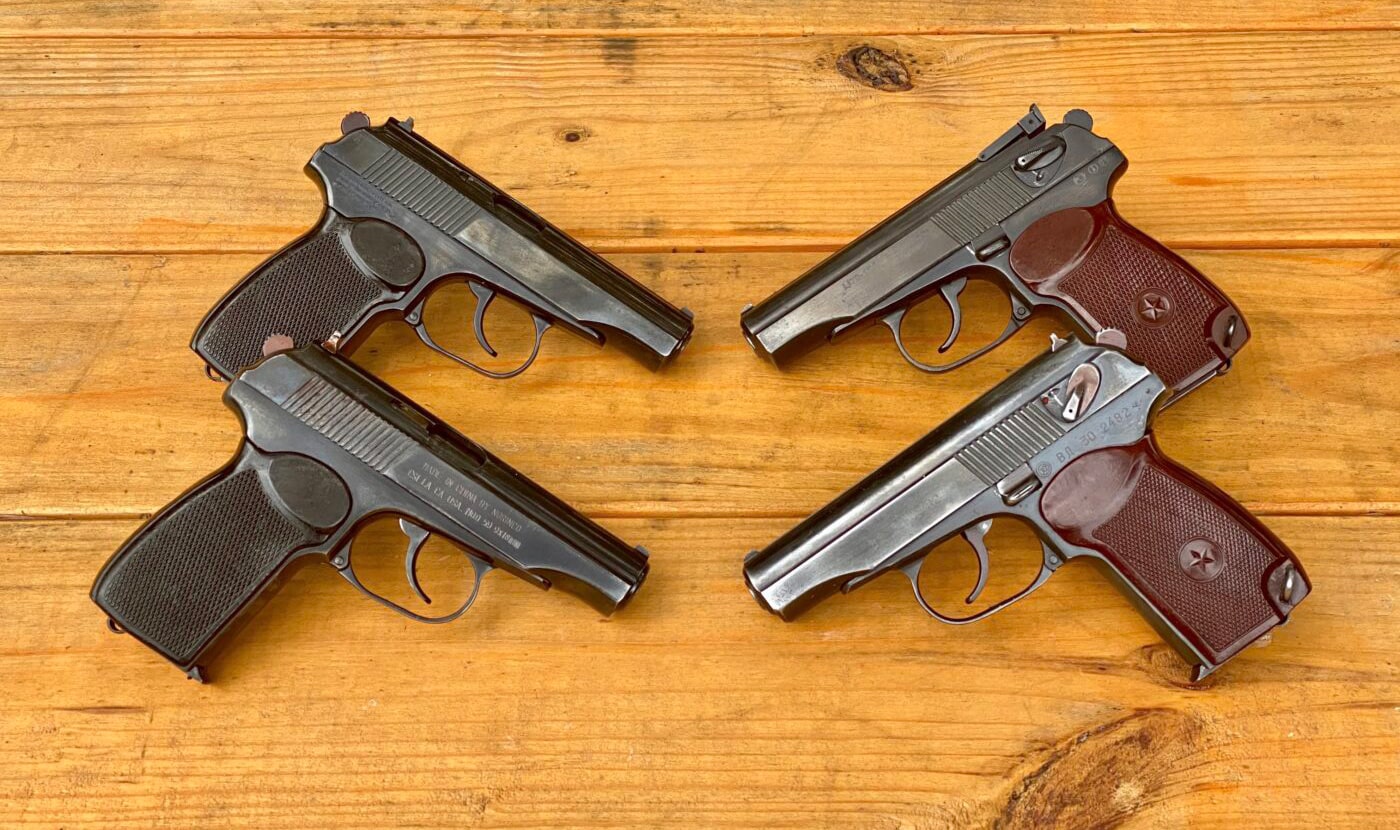
Soon thereafter a local in the city’s third quarter spotted him and notified the police, but the criminal refused to surrender when the cops shouted at him to do so. He drew the rusty old pistol from a pocket, fired two shots, and then led the authorities on a 30-minute foot chase until eventually he was taken into custody and the weapon was recovered.
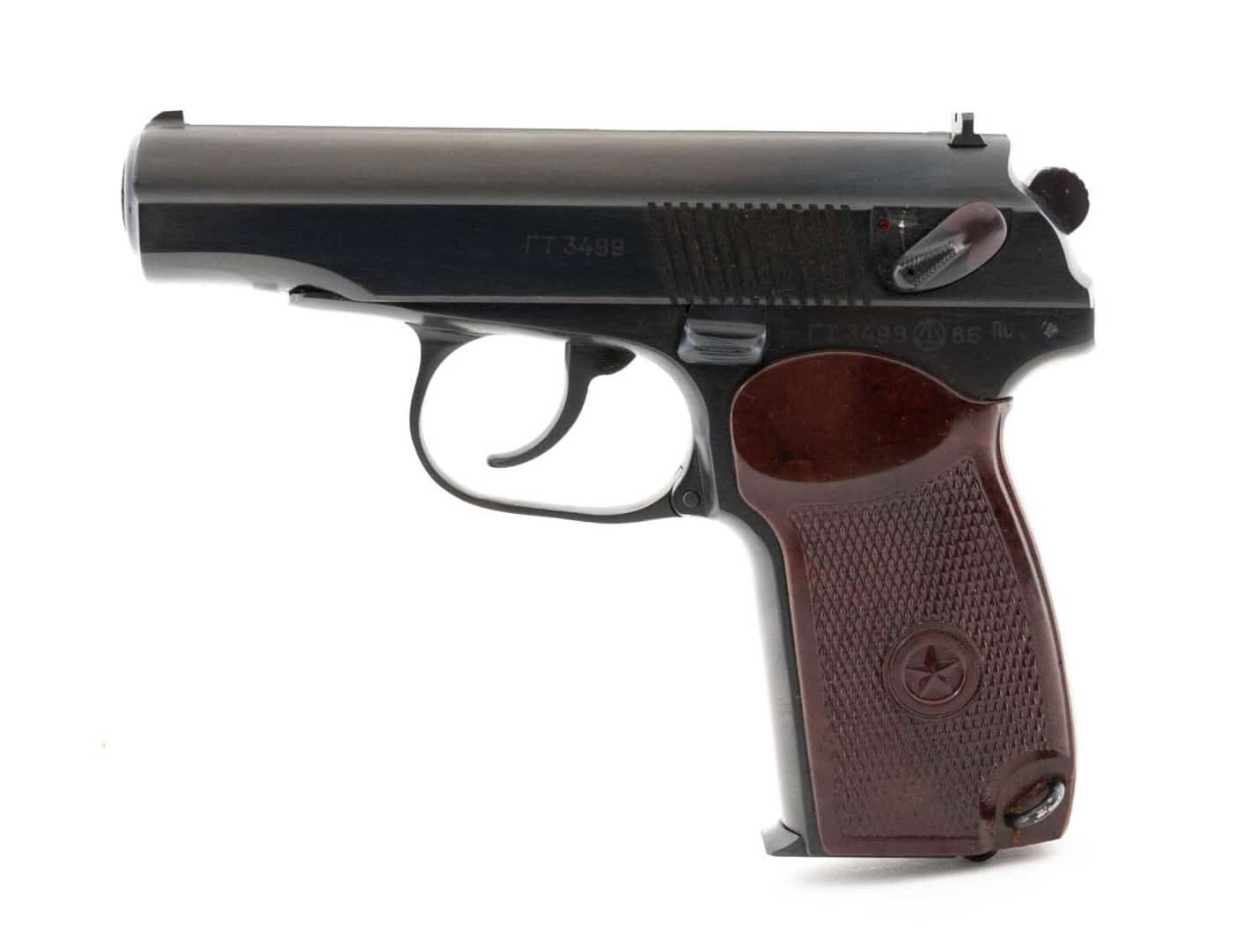
Shown above is a Soviet-era surplus Makarov PM that was made at the Izhevsk Mechanical Factory in 1986. Image: Jeff Hallinan of Collectors Firearms in Houston, Texas – PR54816
A full 286 days later — on the opening day of the Russian invasion of Ukraine, and 4,500 miles to the northwest — the same type of pistol armed a Ukrainian soldier guarding prisoners who had been captured during an attack on the town of Schast’ye on the Siverskyi Donets River just north of the city of Luhansk. In fact, this type of pistol has been seen time and time again during the fighting in Ukraine despite the fact that it has been in service for more than 70 years.
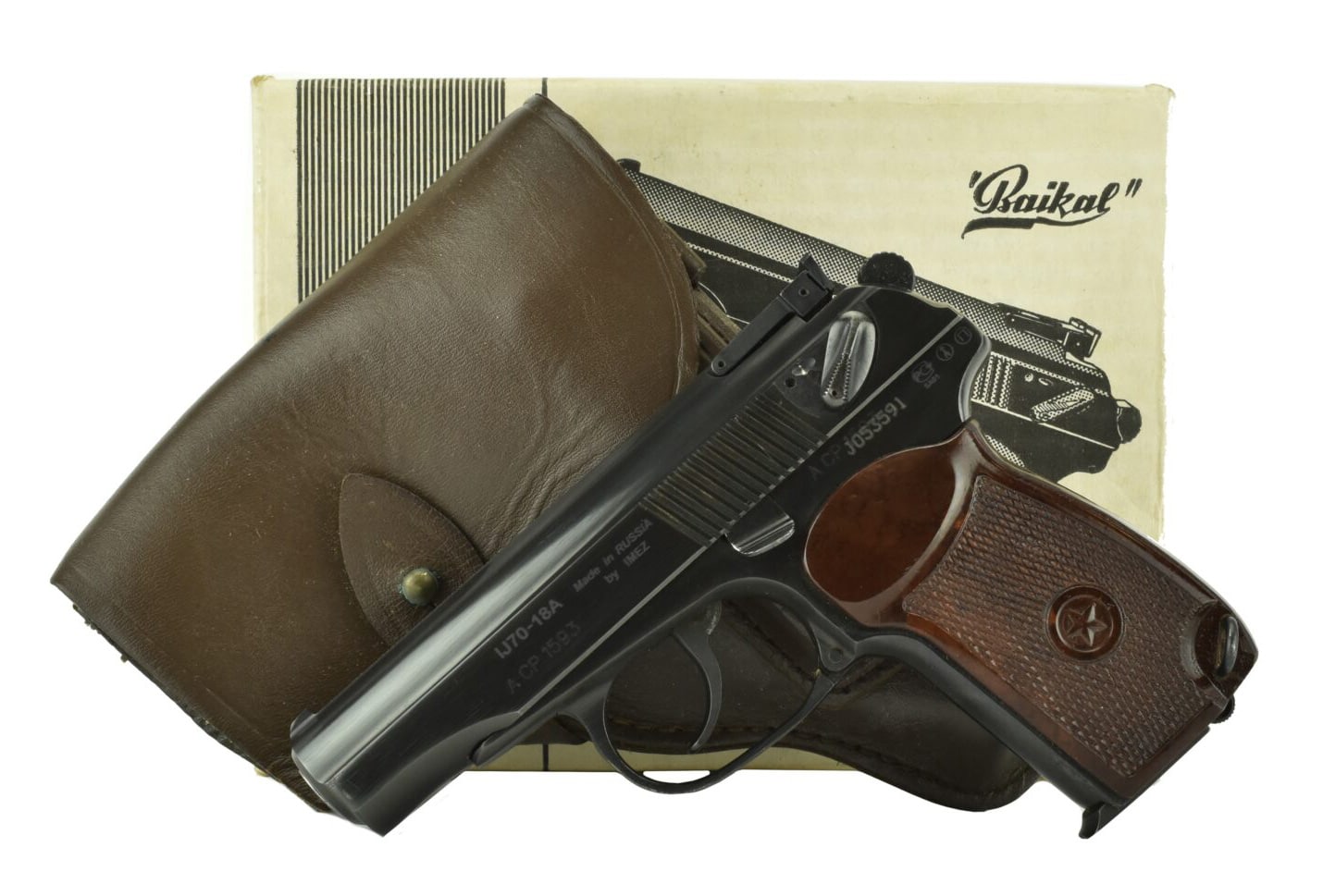
It is one of the most successful pistol designs of the 20th century and, as evidenced by its continuing widespread use today, it is still very much a part of the 21st. That pistol is the mighty Makarov PM, and there is no reason to expect it will recede into the footnotes of small arms history any time soon.
Varied Sources
Although the Soviet Union that originally gave birth to it is now long gone and the pistol is no longer in production, the Makarov nevertheless lives on today. Ever since examples of the pistol began coming into the United States during the last three decades, its popularity as a collectible firearm has risen steadily.
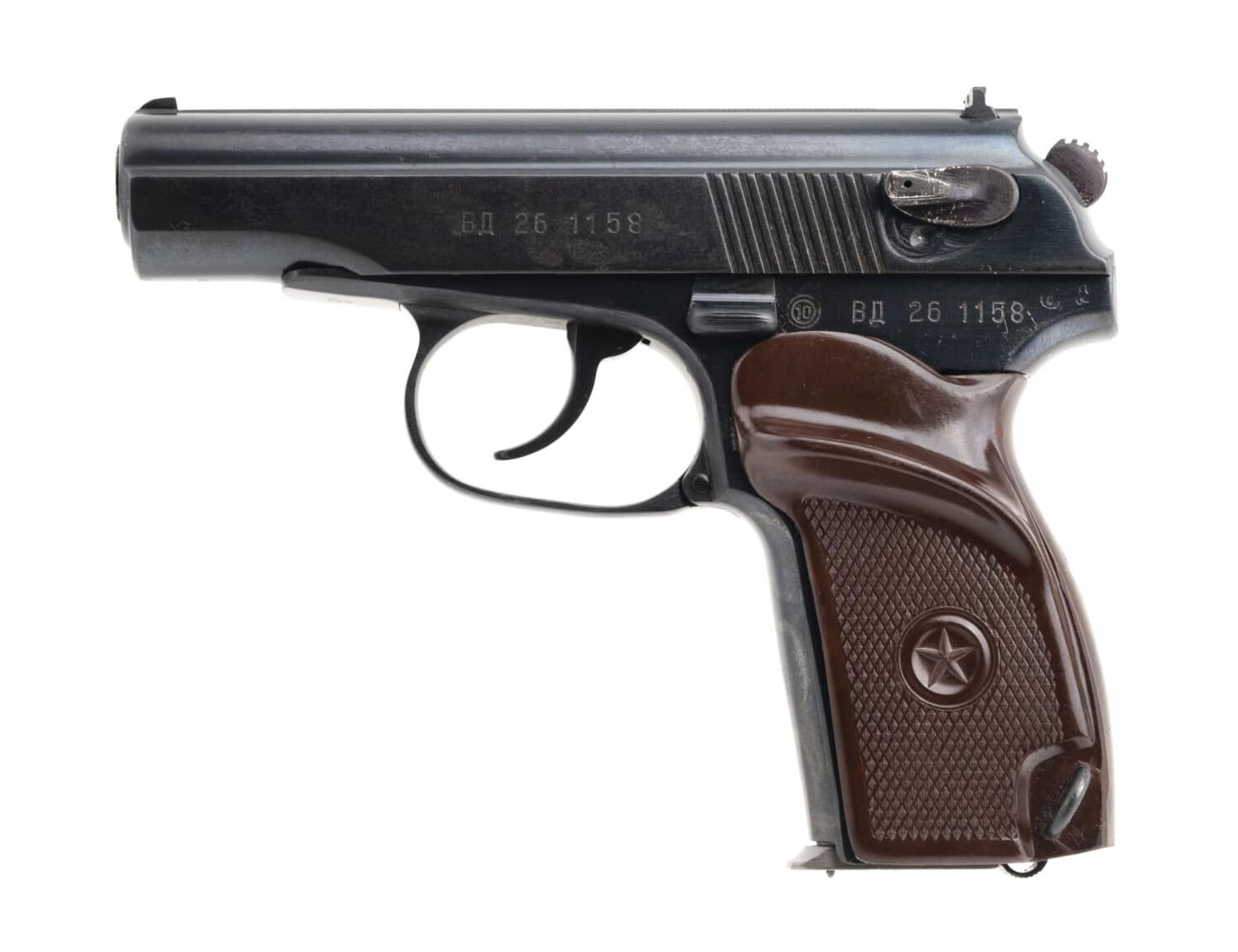
Makarov PMs that were produced by four Communist Bloc nations remain abundantly available even now, and that gives the collector a lot to work with. But building a type-sample collection covering the four Combloc manufacturers and the most important production variations can reach as high as a dozen different guns, so a good place to start is just to obtain one each from Russia, Bulgaria, East Germany and China.
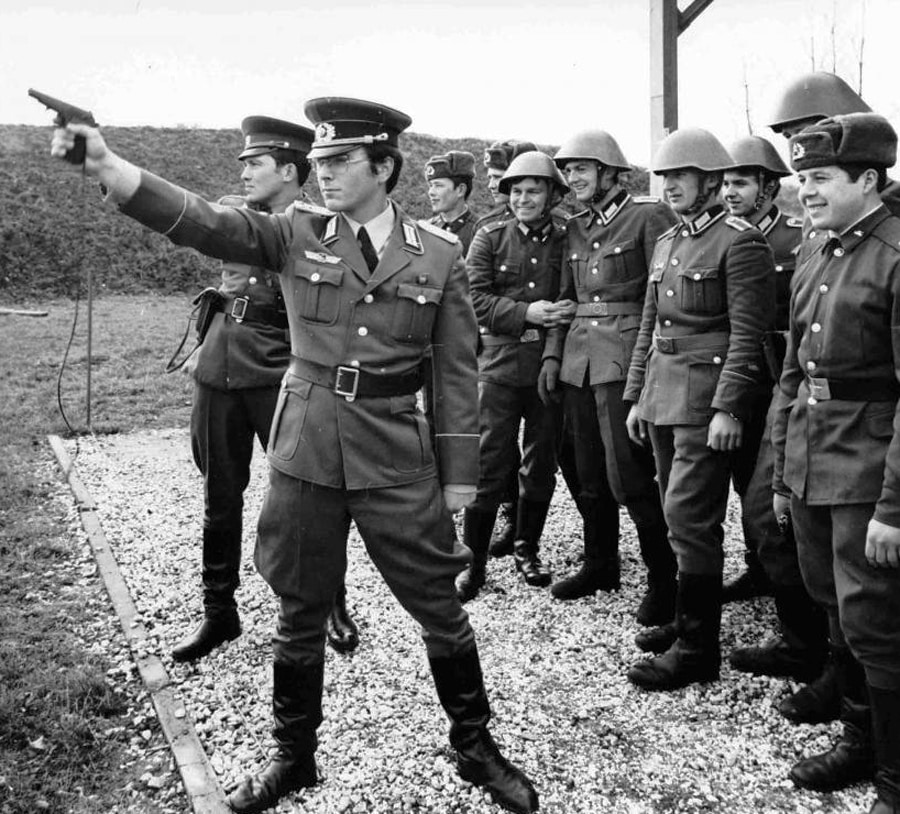
This can be done for an investment of less than $2,000 today, but for that investment the collector is rewarded with a unique study of how four different outposts of the communist world realized the rugged little eight-shot pistol that Nikolay Fyodorovich Makarov developed at Tula Arsenal in 1948.
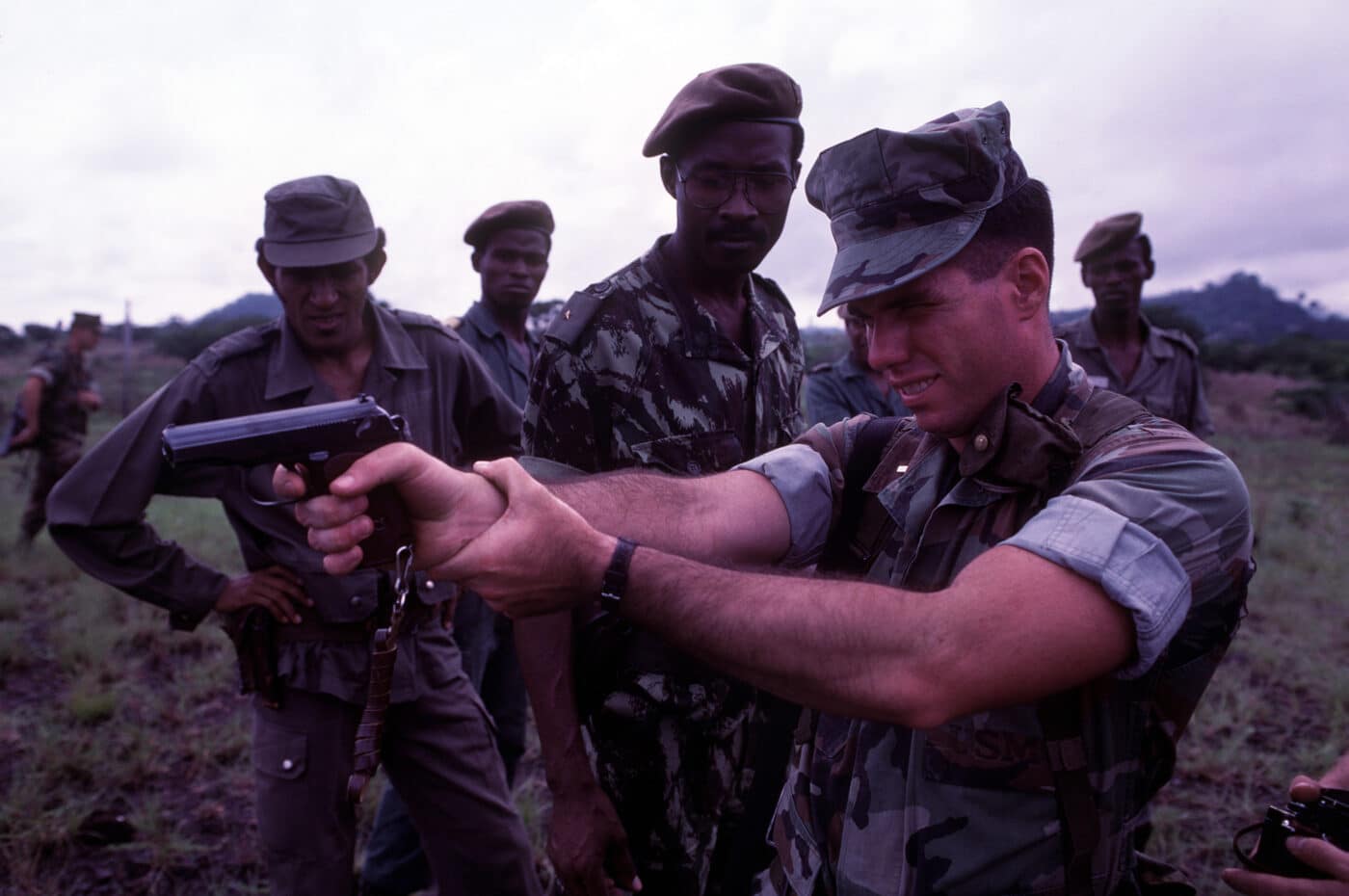
Assembling a collection of the four communist Makarov manufacturers also provides an opportunity to recognize the unique way that U.S. import restrictions have written a particularly interesting chapter in the pistol’s history. The Gun Control Act of 1968 (or “GCA”) made it necessary to introduce minor modifications to the Makarov design to make it eligible for import, and those modifications came in two varieties.
For military and police surplus examples of the pistol made by all four manufacturers, a one-piece thumb-rest grip replaced the factory original one-piece grip, thereby allowing the gun to qualify for a “sporting purposes” exemption. The Russians exported both surplus PMs with the thumb-rest grip as well as new production commercial PMs with a fully adjustable rear sight assembly that satisfied the GCA’s “sporting purposes” requirement and made the guns eligible for import. These commercial Makarovs came into the U.S. in four different models — two in 9×18mm and two in John Moses Browning’s .380 ACP. For both calibers, there was a standard capacity eight-round model and a higher-capacity 12-round model, but the standard capacity guns in 9×18mm are more common than the others.
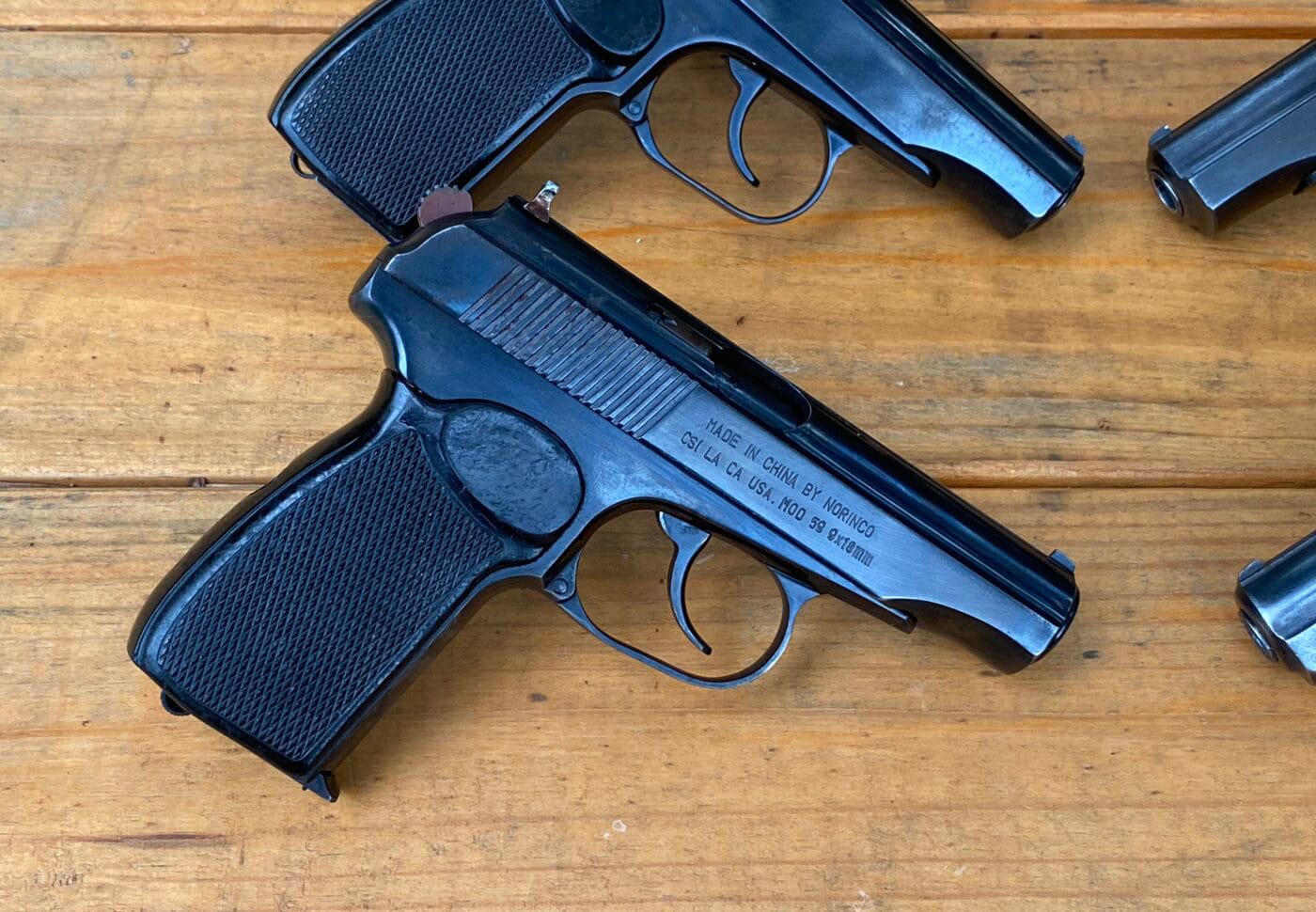
It’s easy to tell the difference between a Russian military surplus Makarov and the various Russian commercial export versions of the pistol. A military surplus gun will have fixed sights and it will carry distinctive markings that include Cyrillic characters, and the commercial export guns will be marked with the model designation “IJ70” and the words “Made in Russia by IMEZ” (which stands for Izhevskii Mechanicheskii Zavod or “Izhevsk Mechanical Factory”). Like the Russians, the Chinese exported Makarov-type pistols in 9×18mm and .380 ACP, but the Bulgarians and the East Germans stuck with the original chambering. Unlike the Russians, the Chinese, Bulgarian and East German PMs come with fixed sights only.
Whether it is a military surplus gun in the original 9×18mm caliber or it is a commercial gun in .380 ACP that complies with the restrictions of the Gun Control Act of 1968, it is still the same basic Makarov PM design. That means it is a 1.625-lb., all-steel construction, blowback operated, medium-size automatic service pistol with a heel magazine release, a double-action/single-action (DA/SA) trigger and a slide-mounted de-cocker/safety.
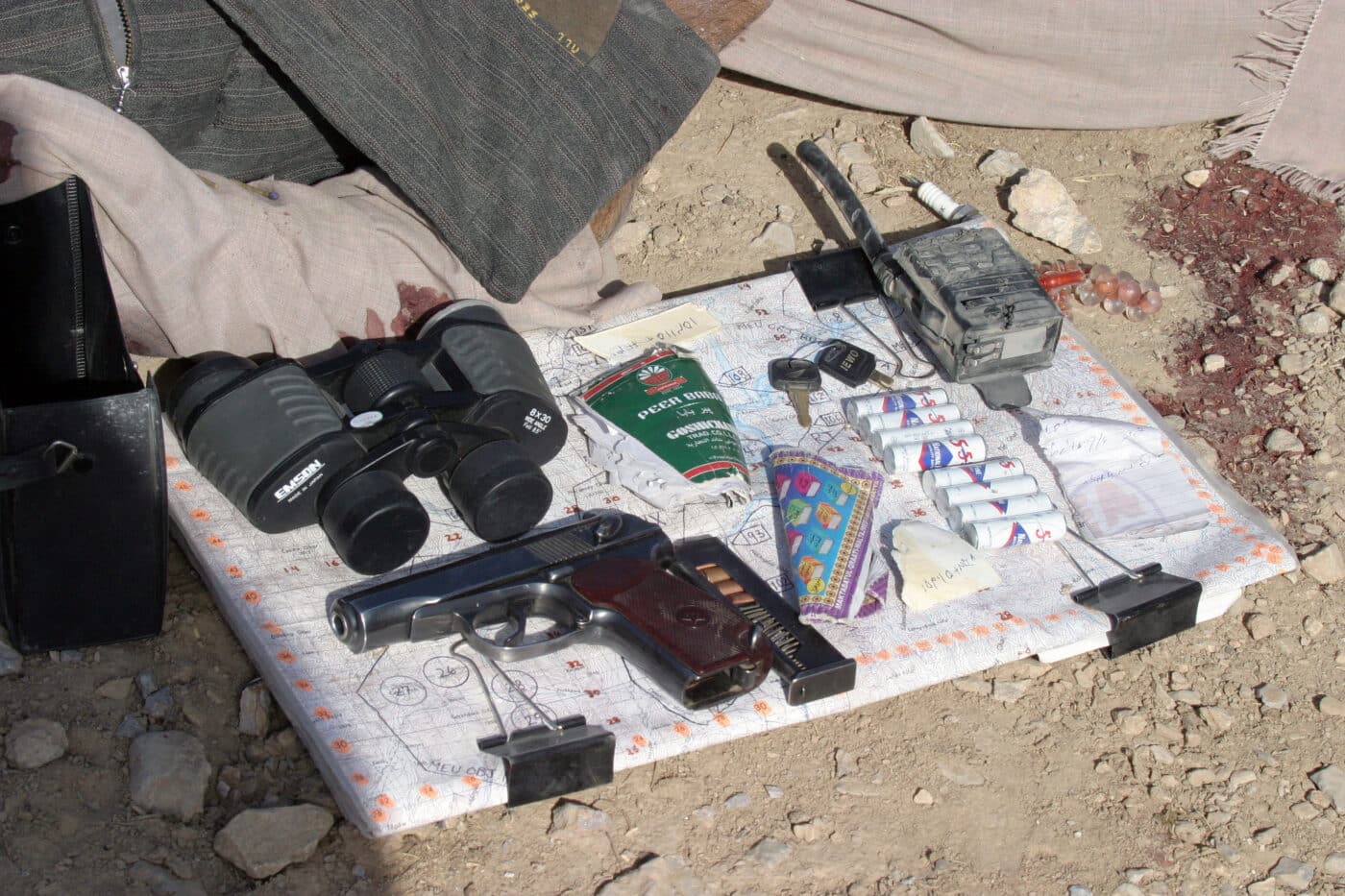
Nevertheless, the casual observer will notice that Russian and Bulgarian PMs have 13 slide serrations on both sides of the slide, and that the East German Makarovs and the Chinese Type 59s have 10 grasping serrations on the left side of the slide and 17 serrations on the right side.
Aside from that, differences in finish quality can be observed that place the East German and Chinese guns slightly ahead of the others. Still, the overall build quality of both the milsurp and commercial Makarov PMs is a superlative that has led to longevity. That longevity can be seen in the way the Makarov continues to serve in armed conflict, and the way that it remains popular among collectors.
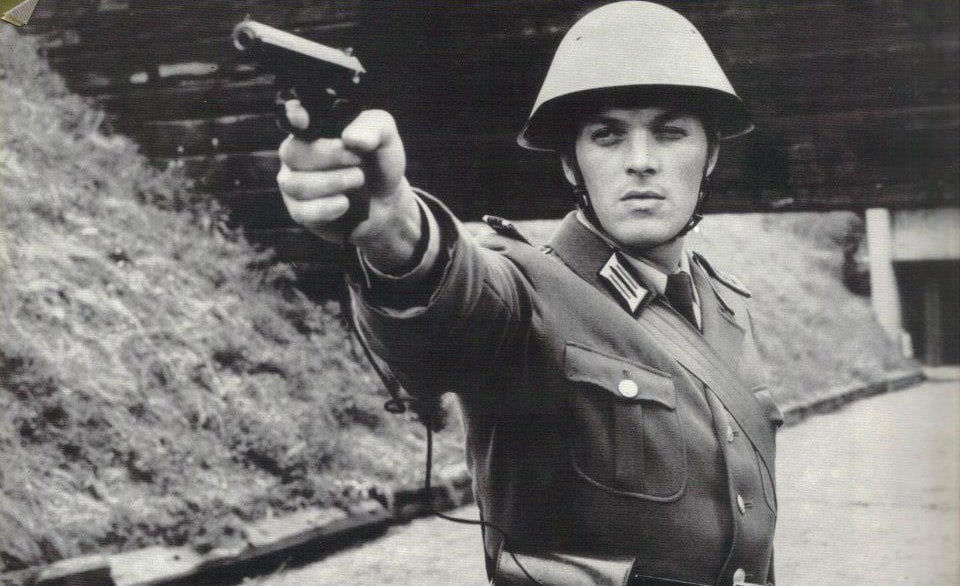
Russian and Chinese guns can no longer be imported, and the East German guns are now long gone. Nevertheless, Bulgarian Makarov PMs are still being imported by U.S. distributors and they remain somewhat affordably priced compared to most other popular milsurp handguns. Considering the reputation for simplicity and reliability that it created more than seven decades ago, you can’t go wrong with a Makarov no matter who made it.
Editor’s Note: Please be sure to check out The Armory Life Forum, where you can comment about our daily articles, as well as just talk guns and gear. Click the “Go To Forum Thread” link below to jump in and discuss this article and much more!
Join the Discussion
Continue Reading
Did you enjoy this article?

 247
247





